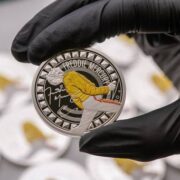PH’s ‘smallest’ lake may not be smallest, after all
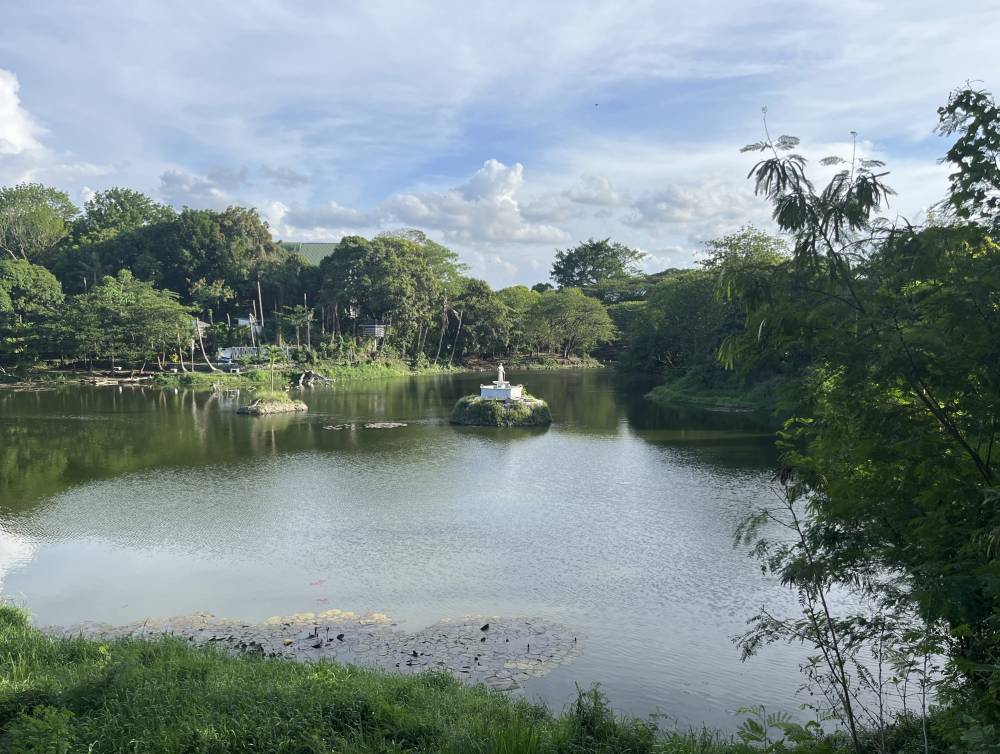
For a long time, this lake in Muntinlupa has been tagged and promoted as the smallest in the country.
However, questions linger if it is indeed the smallest, the smallest known so far, or whether it is even natural and not man-made.
There are obvious misconceptions about this lake called Jamboree, located inside the New Bilibid Prison (NBP) compound in the city’s Barangay Poblacion, that need to be straightened out.
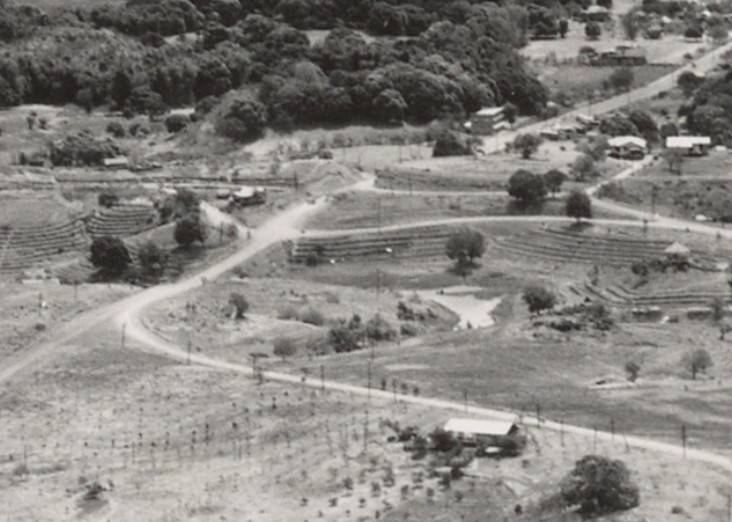
First, a quick check of satellite imagery suggests that it is not natural but man-made, built on a creek or seasonal creek or natural depression that stretches from the main building of the NBP and joins another creek downstream.
Second, the section of the Bilibid Road adjacent to the lake is a dam, the reason for the eventual water buildup known today as Jamboree Lake.
A statue of Lady Liberty used to stand in the middle of the lake, which has since been replaced by a statue of the Lady of Justice.

During a recent visit by the city’s tourism office, accompanied by this writer, Bureau of Corrections deputy director Michael Martin shared that the lake used to be called Liberty Dam. The name change happened following the holding of the Boy Scouts Jamboree in the area sometime in the 1970s.
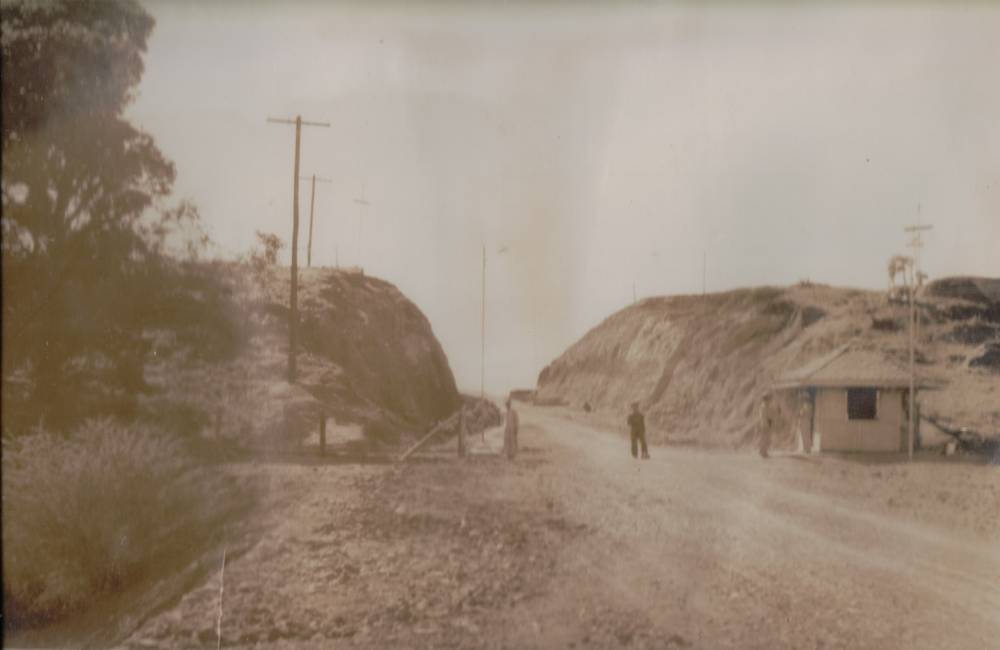
Soil and adobe
The dam was built, he said, using soil and adobe coming from the hilly area near the entrance of the compound, which was chopped off to give way to NBP’s main road.
This was most likely done in the late 1930s, making the dam more than 50 years old, thus a presumed important cultural property, according to the 2009 heritage law that was amended in 2023.
The earthen barrier was constructed as more of a causeway rather than a dam, and for predominantly aesthetic purposes.
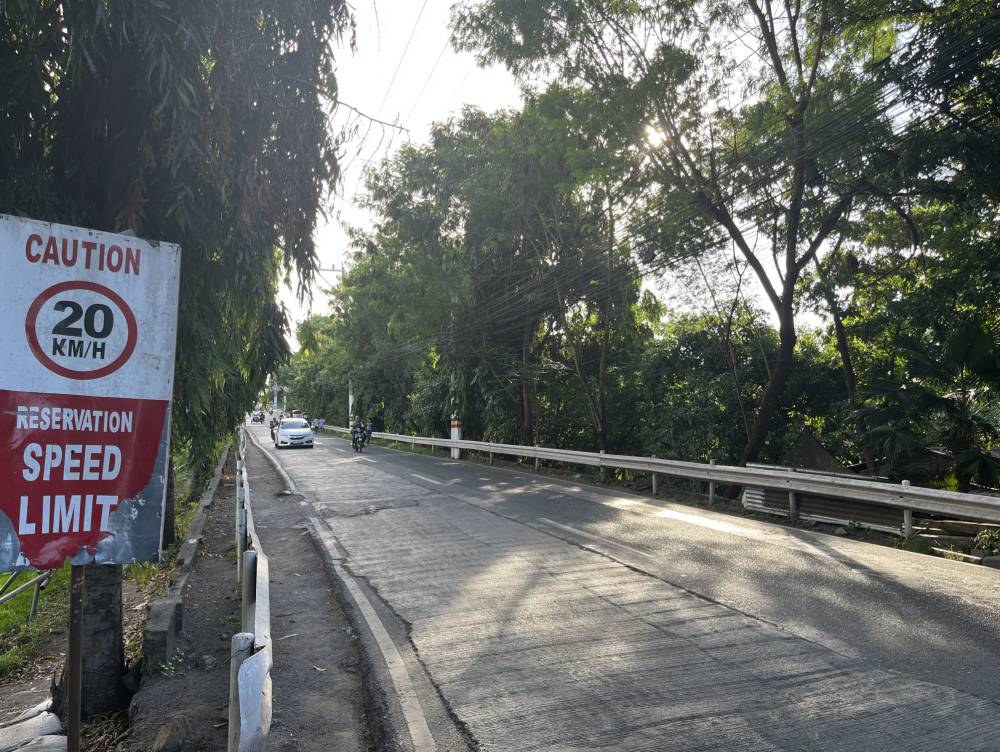
The causeway was built instead of a bridge perhaps due to budget constraints or the expediency of the transfer of the prisoners and staff from the old Bilibid in Manila.
NBP was officially opened on Nov. 15, 1940, and also served as an internment camp for foreign captives by the Japanese forces during World War II.
As for Jamboree Lake, it can be argued that it is not the country’s smallest lake, as there are many other lakes in the Philippines that could be smaller.

It may not even be the smallest man-made lake, as there are many other such lakes found in the country.
Best examples are the artificial lakes created by other dams, especially during the Spanish period, and those found inside golf courses.
Perhaps the lake’s significance lies in the concerted effort or the bayanihan of the inmates who built it, apart from being a lifeline for the area’s flora and fauna.










